Mary Baldwin University is located in Staunton, Virginia. Here is a detailed introduction to the school:
School History
Mary Baldwin University was founded in 1842 and was originally named Augusta Female Seminary. It is one of the oldest women's higher education institutions in the country affiliated with the Presbyterian Church of the United States.
In 1863, Mary Julia Baldwin became the president of the school, and the school survived the Civil War under her leadership.
In 1895, the school was renamed Mary Baldwin Seminary, and in 1923 it was changed to Mary Baldwin College.
In 1963, the school began to abolish racial segregation policies and was officially renamed Mary Baldwin University in 2016.
In 2017, the school began to recruit male residents.
School size and environment
Campus size: The campus covers an area of 58.5 acres and is located in the Shenandoah Valley in the center of Staunton. The campus environment is beautiful and the scenery is pleasant.
Number of students: In the fall of 2022, the school has a total of 1,314 undergraduates, 227 graduate students, and 201 doctoral students. 1761 people in total.
Educational philosophy and goals
The school is committed to providing students with high-quality education, focusing on cultivating students' leadership, innovative thinking and social responsibility, and encouraging students to actively participate in community services and social practice activities to contribute to society.
Professional settings
Undergraduate majors: A variety of undergraduate majors are provided, covering liberal arts, science, business, health sciences and other fields. Among them, the more popular majors include business administration, social sciences, health services, liberal arts and sciences, etc. Graduates of these majors are highly competitive in the job market.
Graduate majors: The school also has more than 20 graduate majors, including education, business, health sciences, art and other fields, providing students with opportunities for further study.
Teaching features
Small class teaching: The school adopts a small class teaching mode, with an average of 17 students per class and a teacher-student ratio of 12:1. Teachers can pay attention to the learning progress and personalized needs of each student and provide personalized guidance and support for students.
Practical teaching: Focus on practical teaching, through internships, experiments, projects and other methods, let students apply the theoretical knowledge they have learned to actual operations, improve students' practical ability and problem-solving ability.
International education: The school provides a wealth of study abroad programs and international exchange opportunities, encourages students to study and exchange abroad, broaden students' international vision, and enhance students' cross-cultural communication ability.
Faculty strength
The school has a high-quality faculty team, including 95 full-time teachers and 118 part-time teachers, 91% of full-time faculty members hold terminal degrees.
Tuition and Aid
Tuition: For the 2023-2024 academic year, undergraduate tuition is $32,958 and graduate tuition is $13,170.
Aid: The school provides students with a variety of financial aid, including scholarships, grants, loans, etc., to help students reduce their financial burden. 90% of undergraduate students can receive some degree of financial aid, with an average amount of $20,825.
Campus Life
Sports: The school is a member of NCAA Division III and has 13 school teams, including basketball, football, volleyball, tennis, track and field, etc. Students can participate in various sports competitions and activities to enhance their physical fitness and cultivate team spirit.
Community Organizations: The school has a variety of student clubs and organizations covering academic, cultural, artistic, and entertainment fields, such as the Student Union, Literary Society, Art Club, Music Association, etc. Students can join community organizations according to their interests and hobbies to enrich their extracurricular life and expand their interpersonal relationships.
Art Activities: The school often holds various art exhibitions, concerts, drama performances and other activities, providing students with opportunities to appreciate and participate in art, and cultivate students' artistic accomplishment and aesthetic ability.
-

Harvard University
-
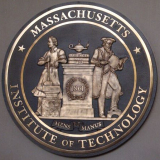
Massachusetts Institute of Technology
-
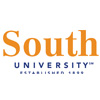
South University
-

University of West Georgia
-
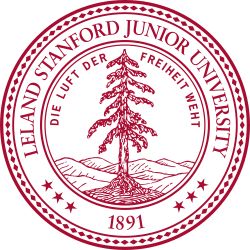
Stanford University
-

Northwest Nazarene University
-

Hawaii Pacific University
-
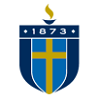
Shorter University
-

Nova Southeastern University
-
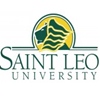
Saint Leo University
-

Mesoamerican University
-

Istmo University
-

Mariano Galvez University of Guatemala
-

Regional University of Guatemala
-

Galileo University
-

Francisco Marroquín University
-

Rafael Landívar University
-

University of the Valley of Guatemala
-

University of San Carlos of Guatemala
-

Technological Institute of Tlaxcala Plateau
-

Golfo University
-

Technological University of South Sonora
-

Technological University of Huejotzingo
-

Tizimín Institute of Technology
-

Chilpancingo Institute of Technology

